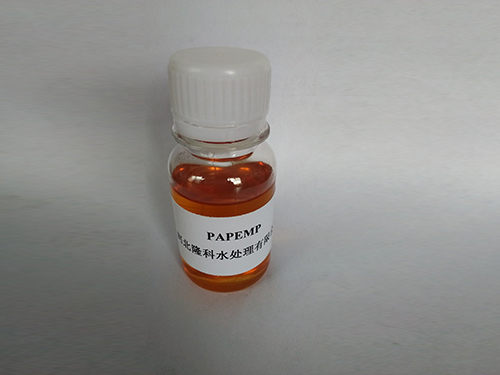2 phosphonobutane 1 2 4 tricarboxylic acid
Understanding 2-Phosphonobutane-1,2,4-tricarboxylic Acid Applications and Significance
2-Phosphonobutane-1,2,4-tricarboxylic acid (PBTC) is a unique compound that has garnered attention in various fields, particularly in water treatment, and mineral scale inhibition. This phosphorus-containing organic acid structures itself as a derivative of butane, incorporating multiple carboxyl groups which grant it versatile chemical behavior.
Understanding 2-Phosphonobutane-1,2,4-tricarboxylic Acid Applications and Significance
One of the primary applications of PBTC is in the field of water treatment, where it serves as a scale inhibitor. Water hardness often leads to calcium and magnesium salts precipitating out of solution, creating scales that can adversely affect industrial equipment. PBTC works by inhibiting the crystallization processes that lead to scaling, thus maintaining efficiency in pipelines, boilers, and cooling systems. Its effectiveness in preventing scale formation has made it a popular choice among industries looking to improve their operational reliability and reduce maintenance costs.
2 phosphonobutane 1 2 4 tricarboxylic acid

In addition to scale inhibition, PBTC demonstrates excellent corrosion inhibition properties. In aqueous systems, metallic surfaces are prone to corrosion, which can lead to significant operational problems. By applying PBTC in these environments, the compound forms a protective layer on the metal surfaces, insulating them from aggressive ions and thus prolonging their lifespan. This protective mechanism is particularly crucial in industries such as oil and gas, where the cost of equipment failure can be substantial.
Moreover, PBTC has relevance in the agricultural sector. Its chelating properties allow it to be used in fertilizers, helping in the efficient uptake of essential nutrients by plants. By facilitating the solubility of important metal ions, PBTC enhances the overall efficacy of agricultural products, contributing to improved crop yields and sustainability.
Research into the environmental impact of PBTC is also gaining traction. Being biodegradable and less toxic compared to traditional phosphates, PBTC presents a promising alternative in various formulations. This aligns well with the increasing global emphasis on eco-friendly practices and reducing phosphorus pollution in water bodies, which can lead to detrimental algal blooms.
In conclusion, the significance of 2-phosphonobutane-1,2,4-tricarboxylic acid stretches across multiple domains, from industrial applications in water treatment to agricultural use. Its multifunctional properties position it as a valuable asset in the quest for efficient, sustainable practices. As researchers continue to explore its capabilities and applications, PBTC is likely to play an increasingly important role in addressing contemporary environmental and industrial challenges.
-
Water Treatment with Flocculant Water TreatmentNewsJun.12,2025
-
Polymaleic AnhydrideNewsJun.12,2025
-
Polyaspartic AcidNewsJun.12,2025
-
Enhance Industrial Processes with IsothiazolinonesNewsJun.12,2025
-
Enhance Industrial Processes with PBTCA SolutionsNewsJun.12,2025
-
Dodecyldimethylbenzylammonium Chloride SolutionsNewsJun.12,2025





